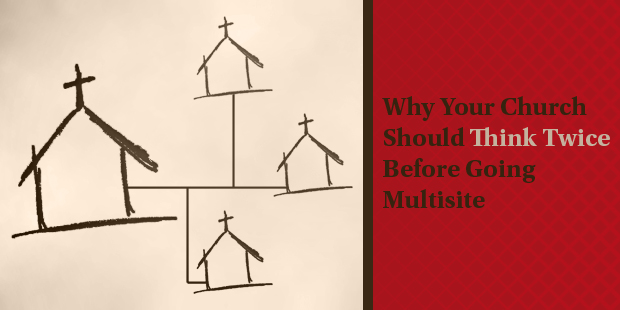
5 Keys for Building Ministry Momentum
There are seasons in your ministry when you can feel momentum happening … it seems like things are just flowing a little easier and the energy of the church is pushing the ministry forward. I’ve lead in ministries where the momentum is tangible … every step does seem to be easier than the one before.
However, I’ve also lead in contexts where we don’t have momentum … everything seems to be an uphill push. In a church without momentum every step is more difficult than the one before. Gaining and keeping momentum is a difficult process for church leaders.
Here are a few dynamics that I’ve observed about momentum through my years of ministry leadership.
- 150 Weekends // We all want things to turn around quickly at our churches … but in my experience sustained momentum takes about 3 years to generate. It doesn’t happen in a month or a season or even a year. Distracted leaders have a hard time generating momentum in their churches because they are always pursuing the next shiny object. Your church is getting the results from the efforts it has been focusing on for the last few years. Does your leadership team have the perseverance to focus over an extended period of time?
- Focus. Focus. Focus. // By definition you can’t gain momentum in wide variety of areas. You need to be focus your time, effort and energy on just a few things. Looking to improve the musical worship portion of your weekend experiences? You’ll need to think and act about that every week and almost ignore other areas. Have you narrowed the focus of your church leadership enough so it’s understood what you are trying to push forward?
- You’ll Need to Be Unpopular // To gain momentum unlike any other church you know … you’ll need to do stuff that no-one else is doing. You’ll need to make decisions and calls that might seem counter intuitive because innovation is the road less traveled. Most churches don’t have momentum … so you’ll need to do things that most churches aren’t doing. People will question what you are doing … why you aren’t like every other church around you. What are you thinking about trying that seems a bit crazy that might just help push forward your church?
- Obsess About the Details // Small wins matters. Someone needs to keep their eye on what happens regularly in the details of your church. Sustained momentum is created by 1,000,000 small things all pushing the same direction … each of those little things pushes towards the end goal of moving the church forward. Have you inspired, informed and empowered your team to get the details right at your church?
- Iterate towards Innovation // Chances are that the areas that you are trying to gain momentum in that other churches have already spend a bunch of time figuring out. Rather than dreaming up what you think you should learn from other churches who have already solved the issue. Talk with them and understand the mistakes they’ve made along the road. Don’t just copy and paste from their church to yours … but adopt their practices and modify them to fit your culture. Which churches should you spend time learning from this year?
Read more from Rich here.

Tags: Momentum, Rich Birch

























